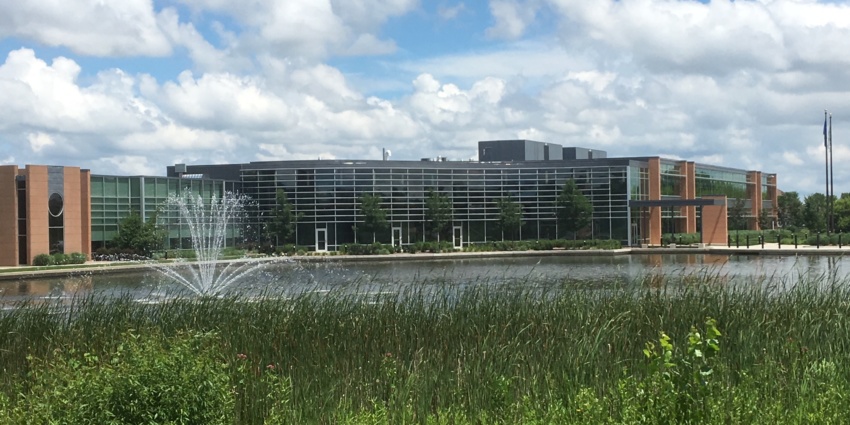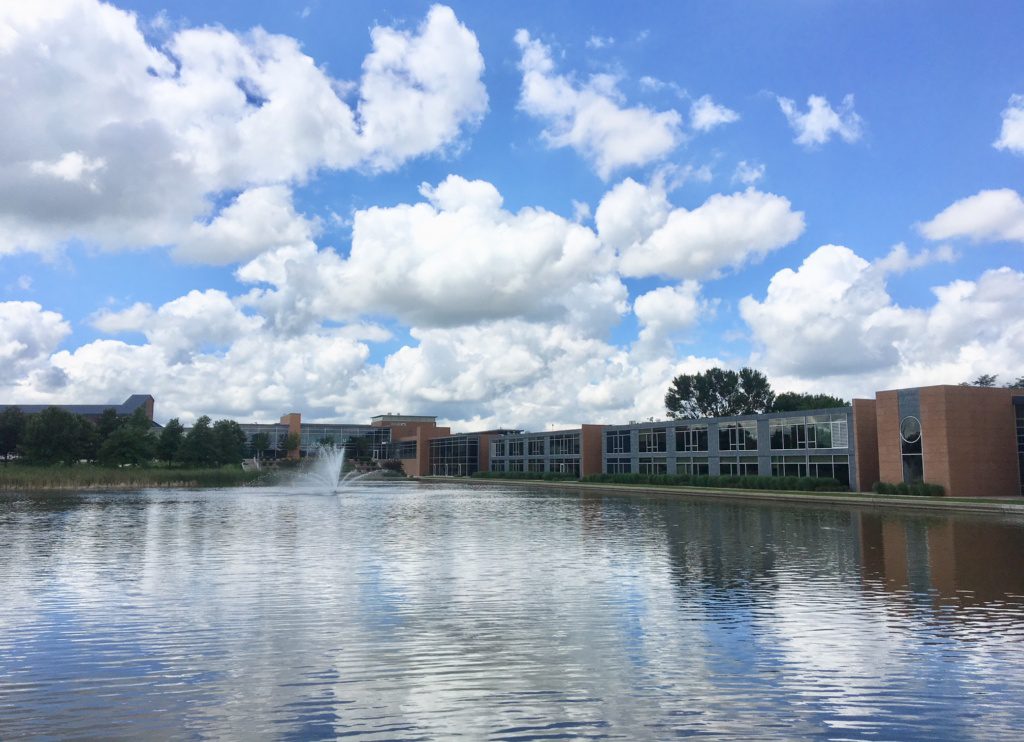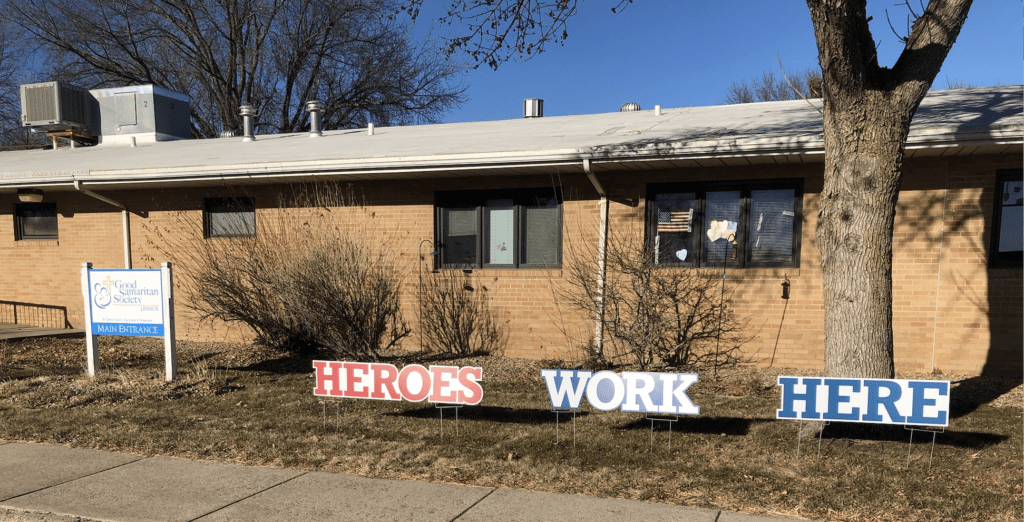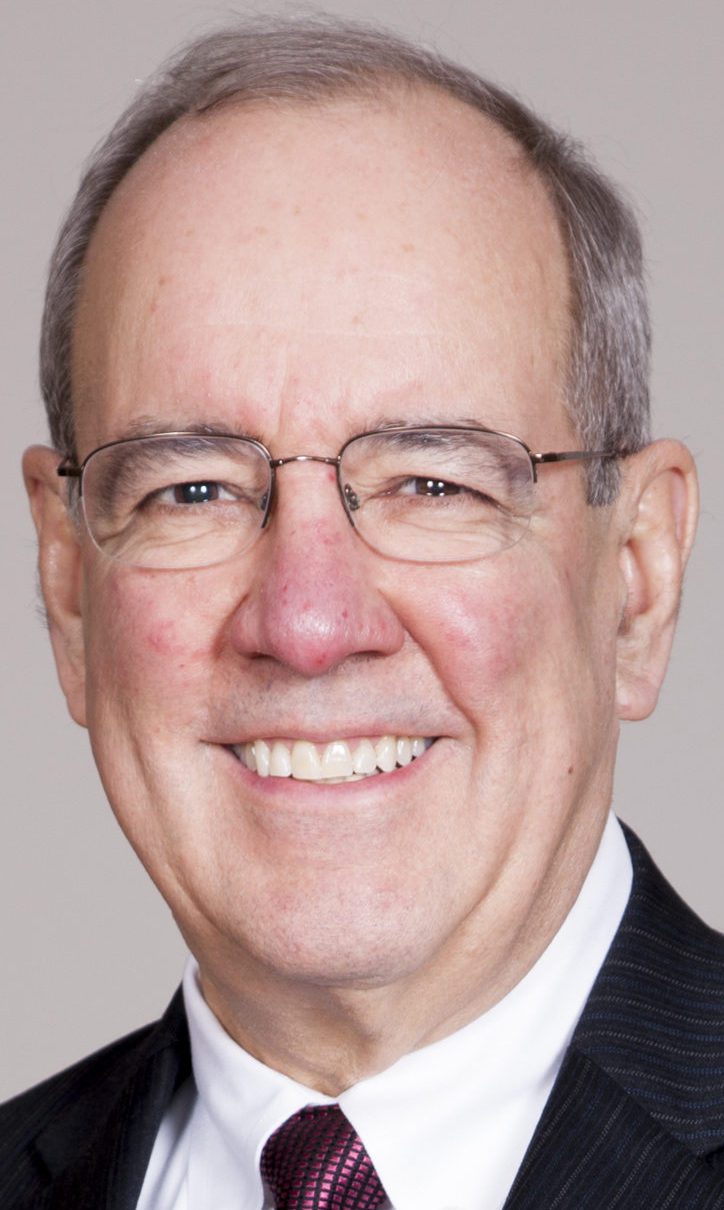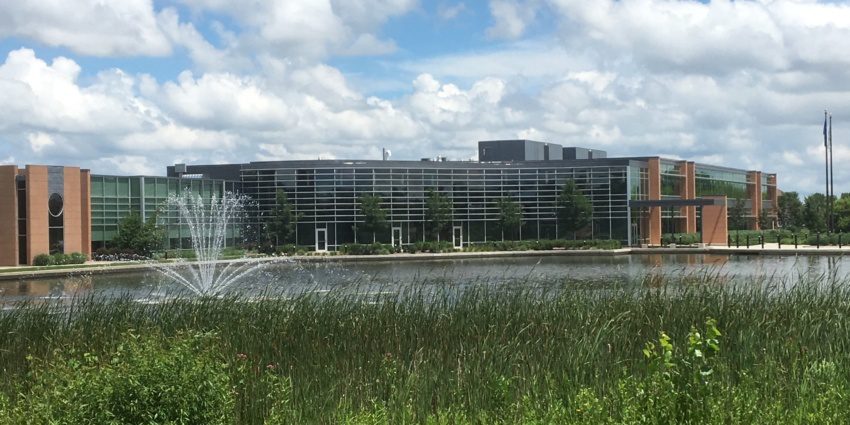Good Samaritan plans to exit 15 states, focus on 7
Jan. 12, 2023
The Good Samaritan Society plans to reduce its national footprint from 22 states down to seven in an effort its CEO said is designed to consolidate in its core service area.
The move, which will happen over the next two years, is “an opportunity to transform who we are,” CEO Nate Schema said. “As we think about our strategy moving forward, the status quo was no longer going to be good enough, and we’re committed to providing high-quality, incredible access in all communities we are privileged to serve.”
Nearly 70 percent of the seniors currently served by Good Samaritan live in nearly 150 centers in the core seven states of South Dakota, North Dakota, Minnesota, Iowa, Nebraska, Kansas and Colorado.
The 15 states that will be exited include 35 locations in:
- Washington
- Oregon
- Idaho
- Arizona
- New Mexico
- Texas
- Hawaii
- Montana
- Florida
- Arkansas
- Tennessee
- Ohio
- West Virginia
- Indiana
- Wisconsin
“We anticipate we’ll still be one of the largest, if not the largest, nonprofit provider of long-term care services in the country,” Schema said.
“We’re going to be a much more agile and nimble organization and really concentrate resources unlike what we’ve been able to do for the last 50-plus years.”
The shift in resources is about concentrating them where Good Samaritan is best positioned “to round out a whole continuum of care,” Schema continued. That includes the footprint of Sanford Health, which merged with Good Samaritan in early 2019.
“Who we are today is different from who we were as a stand-alone post-acute care provider before we came together with Sanford. We see this as a new opportunity because we can more seamlessly connect with our acute care partners.”
Good Samaritan owns 95 percent of the assets in its organization, including the real estate associated with nearly all its senior care facilities. Ten of its locations in the northwestern part of the U.S. will be sold to Idaho-based Cascadia Healthcare, with the transition occurring in March.
“These things take time, so through the rest of the portfolio, we’ll be looking at and talking with providers over the next year or two to find and identify quality providers,” Schema said. “We’ve been incredibly encouraged by the quality providers that have come forward to this point.”
Approximately 5,000 employees serve in the impacted locations. Because senior care and services will continue in these locations, it is expected that the new providers will retain those employees, he said. When the transition is complete, the Good Samaritan Society will have nearly 10,000 employees across seven states. Today, there are around 700 employees serving residents and clients in the Sioux Falls locations.
The impact on the Sioux Falls headquarters, which supports all locations, isn’t immediately clear.
“We’ll continue to make adjustments where and how it makes sense,” Schema said. “That said, there are all kinds of opportunities across our organization, so we’re committed to finding new opportunities where people have a desire or a background or skill set.”
By concentrating its service area, Good Samaritan will be able to better deploy centralized resources in areas such as policy advocacy, Schema said.
“I think you’re going to see regionalization across the country,” he said. “There are a lot of people within the sector trying to figure it out.”
Since the pandemic, workforce has accelerated as a challenge in the senior care industry, but there are signs of improvement.
Good Samaritan was using about 700 traveling employees a year ago, and that has been cut in half, Schema said.
“By no means am I declaring victory in that we’ve got the workforce challenge figured out, but I do think some of the initiatives and strategies we’re employing are working,” he said.
That includes bringing in international caregivers “to the new core seven-state footprint where we have some of the greatest needs,” he said.
The resources gained from selling off assets will be redeployed into the organization, Schema said. That could take the form of facilities, technology and home-based care, he said.
In Sioux Falls, Good Samaritan owns property on the east side of the city and in the northwest for future building.
While nothing is finalized, the east side likely would develop first, and “we are in active discussions as to how big and what services would be the best fit,” Schema said. “So we’re really excited about the reinvestment opportunities that exist, especially as Sioux Falls continues to grow and expand.”

